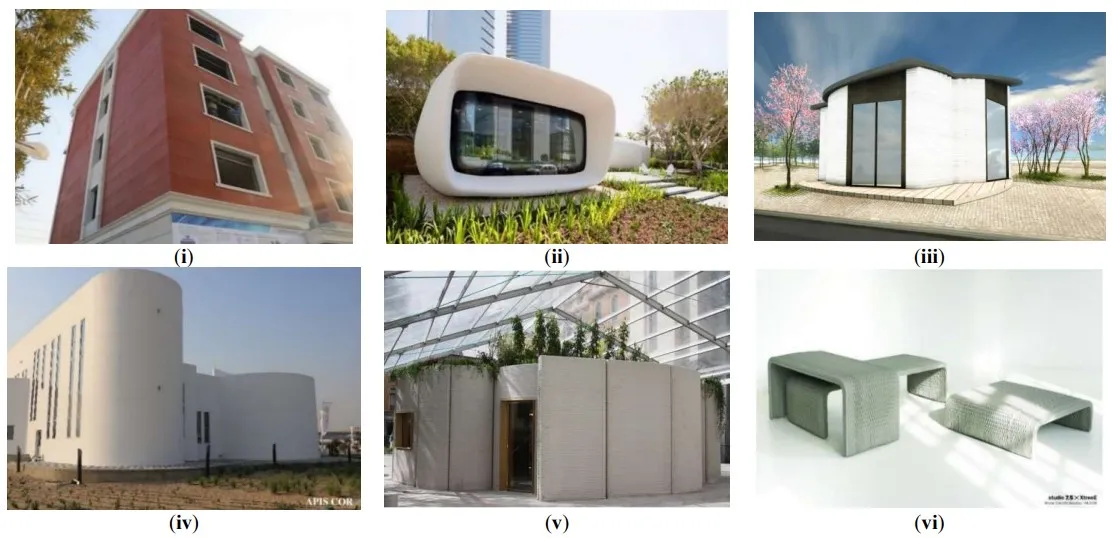Found 14 results
Open Access
Review
05 November 2025Mental Health Impacts Associated with Exposure to Climate-Sensitive Hazards in Pacific Island Countries: A Scoping Review
Pacific Island Countries (PICs) face some of the most severe health risks from climate change, with associated mental health impacts that remain under-recognized. This scoping review synthesizes peer-reviewed literature published by February 2025 to examine the mental health consequences of exposure to climate-related hazards across 22 PICs. The search identified 193 studies, 19 of which were included in the review. Most studies employed qualitative or mixed methods, focusing on storms, droughts, sea-level rise, planned relocation, and environmental changes. Reported mental health outcomes included increased depression, anxiety, grief, and distress, often linked to direct exposure and secondary effects such as displacement, resource insecurity, and social disruption. Risk and protective factors were identified, emphasizing broader social, cultural, spiritual, and environmental influences that mediate the relationships between climate-sensitive hazard exposures and mental health outcomes in PICs. Cultural mediators such as traditional knowledge, land connection, and community cohesion shaped both vulnerability and resilience. Common coping strategies included relocation, community-based support, and leadership-driven actions. However, access to mental healthcare remained limited due to a shortage of trained professionals, stigma, and preference for traditional healing methods. To address these challenges, it is essential to integrate mental health into national public health frameworks, enhance disaster preparedness, increase access to mental health services, and conduct context-specific research.
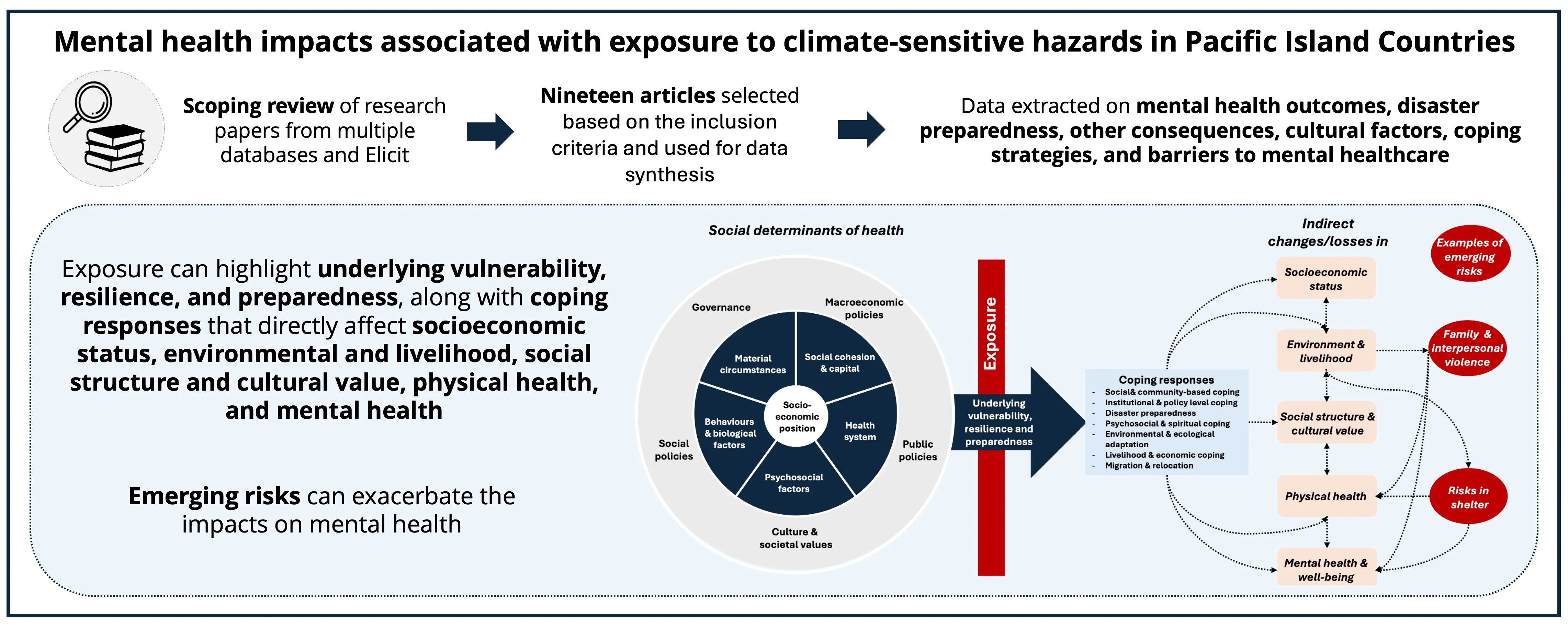
Open Access
Article
23 September 2025Promoting Sustainable Development through Community Education on Flood- and Storm-Resistant Architecture
Pakistan is experiencing climate-induced disasters such as floods and storms with an increased frequency and intensity every single year. This study aims to explore the integration of resilient architecture into environmental education as a pathway toward sustainable development and disaster risk reduction. The research examines current levels of understanding regarding flood- and storm-resistant building practices and identifies key barriers to their adoption in high-risk regions of Pakistan. The study used a mixed-methods approach by administering surveys. These surveys were administered to 500 community members in different cities of Sindh and Punjab. The study also incorporated two in-depth case studies: the Heritage Foundation’s low-cost housing initiative in Makli, Sindh, and the Aga Khan Agency for Habitat’s Safe Housing Program in Chitral, Khyber Pakhtunkhwa. These cases provide valuable insights into effective, culturally appropriate, and scalable models of resilient construction in Pakistan. Findings of the present study reveal that public awareness of resilient architecture is below a satisfactory level, with common misconceptions. Challenges, including high costs, lack of technical knowledge, and minimal government support, were identified as significant obstacles. Despite these issues, communities showed strong interest in learning about safer building practices when exposed to practical examples and local success stories. The study recommends integrating resilient construction education into community outreach, school curricula, and builder training programs. It also advocates for greater government involvement, financial incentives, and replication of proven models to foster widespread adoption of resilient architecture for long-term sustainability.
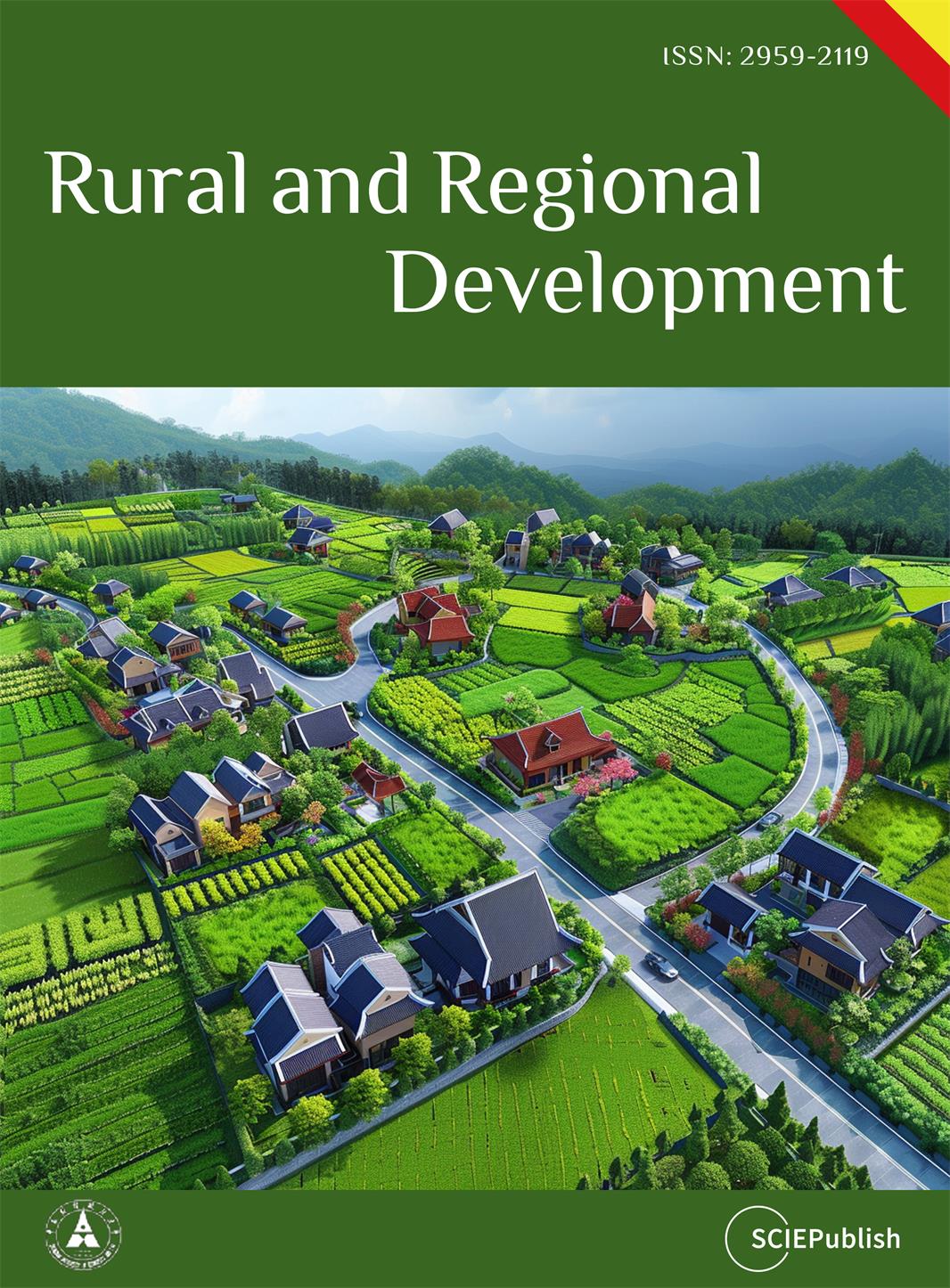
Open Access
Review
13 August 2025Allowing Space for Nature: Rewilding to Heal the Earth
The term “rewilding” often elicits strong emotions, especially as presented in the media. Thus, anger is provoked that farmers will be forced to waste precious cropland, letting it return to the wild, or from fear that dangerous animals will be released into the urban environment. With equal fervour, others, taking an approving view, comprise the growing movement of guerrilla rewilders, secretly breeding butterflies, birds and beavers, and illegally releasing them (e.g., “beaver bombing”) across the countryside. In truth, rewilding is a complex and widely encompassing proposition, which can be considered as a strategy within the natural climate solutions (NCS) [nature based solutions (NBS)] approach, aimed to restore and enhance wetlands, grasslands, forests, agricultural lands, seascapes etc. While exact definitions may vary, a key feature is that (after some initial support) it minimises the level of human intervention/management in a given region, instead encouraging natural processes to take the lead and self-manage, in the restoration, shaping and enhancement of natural ecosystems and of critical ecosystem functions. The resilience of such ecosystems should also be considered, especially in regard to how the impacts of a changing climate may prevail upon them. Rewilding is informed by science, traditional ecological knowledge (TEK), and other local (indigenous) knowledge. It is a long-term process with dynamic changes occurring over time, and rather than focussing on reaching a fixed endpoint, provides a continuous journey of letting nature’s processes unfold. This can lead to increased biodiversity, amelioration of and resistance to climate change, and the provision of ecosystem services, benefitting both nature and people, including economic opportunities for local and indigenous communities, along with improved overall health and well-being. Despite its manifold and clear benefits, rewilding (along with other NCS) is not a pancea for all our troubles, many of which are rooted in the systemic issue of human ecological overshoot, and it is this that must be addressed to begin fixing the current global polycrisis.
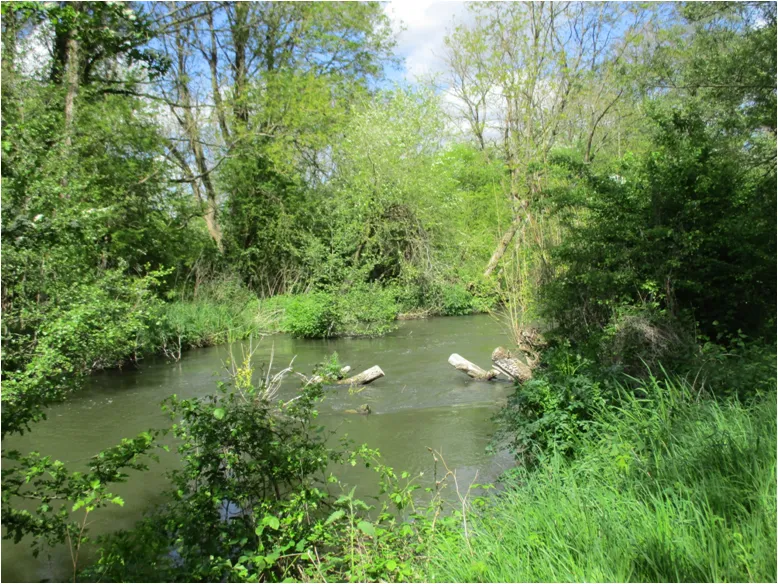
Open Access
Communication
22 July 2025The Importance of Methods in Assessing Conservation Status of Abundant Fish Species through Genetic Diversity Estimates
This study compares the accuracy of two genomic approaches in estimating genetic diversity levels, which could be useful for informing species conservation assessments of abundant, exploited fish species. The first approach (SNP-calling-based) is the commonly used pipeline of SNP calling followed by SNP filtering at a determined Minor Allele Frequency (MAF). The second approach (genotype-likelihood-based) does not perform SNP calling but estimates the Site Spectrum Frequency (SFS) based on alignment quality and sample size. The results show up to two-fold differences in the magnitude of the estimated nucleotide diversities among the analyzed datasets. The SNP-calling-based approach produces overestimates when missing data are considered in the analysis and shows pronounced deviations of the SFS towards high-frequency SNPs when filtering by MAF > 5%. The genotype likelihood-based approach showed that nucleotide diversity estimates significantly deviated from neutral expectations, as expected based on the known history of the case-study fish population analyzed here, regardless of whether missing data were considered. In contrast, the SNP-calling-based approach only shows this expected difference when no missing data are included and no MAF filtering is performed. Overall, the results indicate that using the SNP-calling-based approach may hide the effects of population size declines in abundant exploited fish species, while genotype-likelihood-based estimates of nucleotide diversity can effectively contribute to informing conservation assessments.
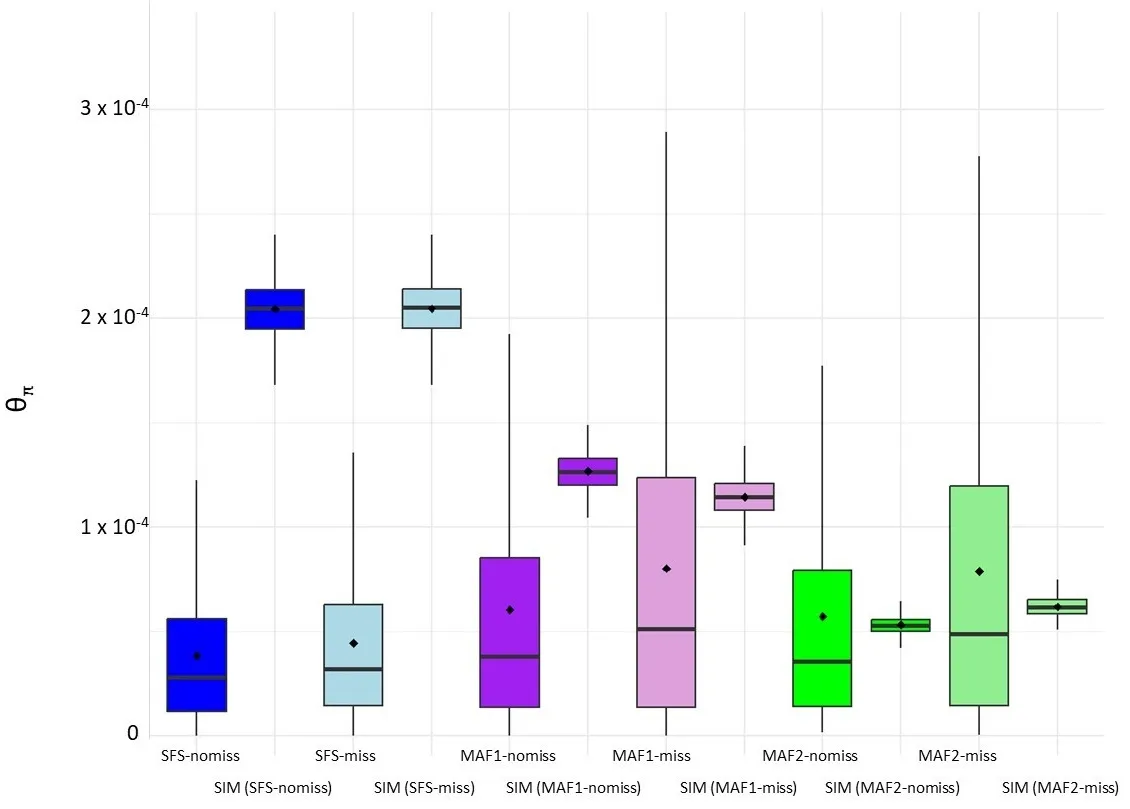
Open Access
Article
25 March 2025Integrated Habitat Assessment of a Protected Fish Species in the Upper Yangtze River, China: Connectivity and Suitability
In the context of anthropogenic climate change, dam construction, and other human activities, the biodiversity of freshwater fish is rapidly declining. The Upper Yangtze River Basin (UYRB) is a hotspot for hydropower development and is home to numerous endemic and rare freshwater fish species, most of which are on the brink of extinction. Schizothorax chongi is an endangered and protected fish species endemic to the UYRB, with significant economic and ecological value. However, the potential habitat of its wild population has not been reported, which hampers conservation efforts for this valuable species. This study utilized the Dendritic Connection Index (DCI) and Species Distribution Models (SDMs) to assess habitat connectivity in the UYRB and habitat suitability for S. chongi during the periods 1970–2000 and 2001–2020, respectively. The results show that S. chongi habitats underwent significant reduction during the 2001–2020 period, with the total length of medium and high suitability habitats decreasing by 51.7%. However, high suitability habitats in the southern section of the middle and lower Jinsha River, which is located in the upper and middle part of the UYRB, did not experience a noticeable reduction. Despite the relatively high habitat suitability maintained in the southern section of the middle and lower Jinsha River, connectivity has significantly declined. Restoring connectivity reduced by dam construction in this region is critically urgent. This study is the first to conduct a watershed-scale assessment of fish habitat integrating habitat suitability and connectivity providing valuable insights for local governments to develop specific conservation measures and plans. It can offer a valuable reference for researchers in the field of freshwater fish conservation.

Open Access
Article
10 March 2025Leveraging Drone Technology for Precision Agriculture: A Comprehensive Case Study in Sidi Bouzid, Tunisia
The integration of drone technology in precision agriculture offers promising solutions for enhancing crop monitoring, optimizing resource management, and improving sustainability. This study investigates the application of UAV-based remote sensing in Sidi Bouzid, Tunisia, focusing on olive tree cultivation in a semi-arid environment. REMO-M professional drones equipped with RGB and multispectral sensors were deployed to collect high-resolution imagery, enabling advanced geospatial analysis. A comprehensive methodology was implemented, including precise flight planning, image processing, GIS-based mapping, and NDVI assessments to evaluate vegetation health. The results demonstrate the significant contribution of UAV imagery in generating accurate land use classifications, detecting plant health variations, and optimizing water resource distribution. NDVI analysis revealed clear distinctions in vegetation vigor, highlighting areas affected by water stress and nutrient deficiencies. Compared to traditional monitoring methods, drone-based assessments provided high spatial resolution and real-time data, facilitating early detection of agronomic issues. These findings underscore the pivotal role of UAV technology in advancing precision agriculture, particularly in semi-arid regions where climate variability poses challenges to sustainable farming. The study provides a replicable framework for integrating drone-based monitoring into agricultural decision-making, offering strategies to improve productivity, water efficiency, and environmental resilience. The research contributes to the growing body of knowledge on agricultural technology adoption in Tunisia and similar contexts, supporting data-driven approaches to climate-smart agriculture.
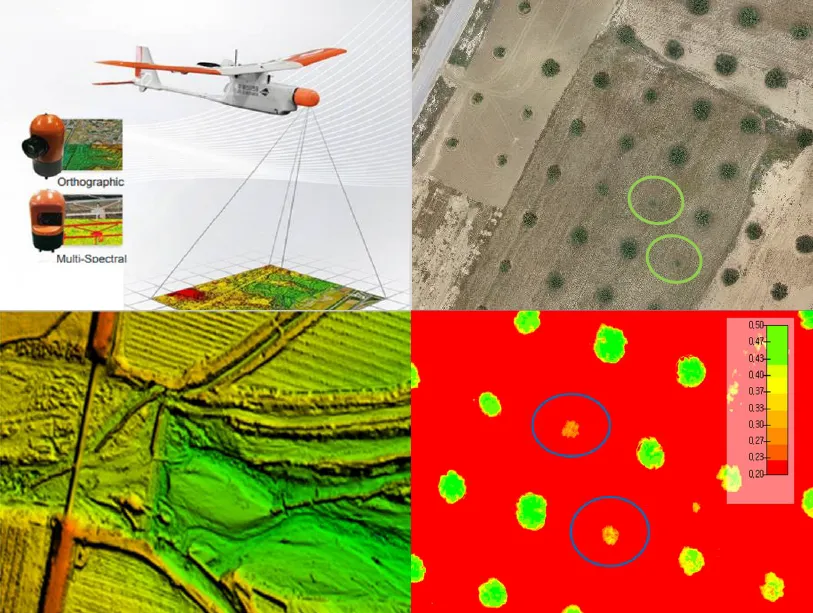
Open Access
Article
06 February 2025Performance Impacts of Rainwater Tanks on Stormwater Drainage Systems
This article explores the impact of using rainwater tanks on the performance of a stormwater drainage system and the possible challenges posed by climate change and future rainfall projections. This project examines a residential development in Aldinga, South Australia. The study sets clear research objectives that include the creation and simulation of drainage systems with different conditions (e.g., with and without rainwater tanks, historical data, and projected data). The aim is to analyze performance changes in the drainage network after the inclusion of rainwater tanks. Furthermore, the incorporation of projected rainfall data is considered to study possible implications of climate change on the system performance. The methodology follows a quantitative approach, with data collection, creating different models with the use of software, and simulating various conditions such as storms with different annual exceedance probabilities and varying proportions of roof area connected to rainwater tanks. Several findings are identified in this project. When roof areas of all residential allotments are connected to rainwater tanks, substantial benefits are observed in reducing peak flows within the network and runoff volumes. This proportion of connected roof area is directly correlated with reductions in peak flow. Also, while the use of projected rainfall data slightly affects benefits in peak flow and volume reduction, they will remain relatively high at least until 2050. Other performance features, such as hydraulic gradient line, long sections, and time to peak, are also explored. Study validates the hypothesis that rainwater tanks have a significant impact on runoff reductions and flood management, particularly when 100% of roof area is connected with rainwater tanks. Also, there is an impact when projected data is used, but it remains manageable and should be considered under specific contexts to decide whether these impacts are significant. Several opportunities for future research are suggested. These include the examination of larger areas, projections to a more distant future, the use of different rainfall patterns, and the consideration of extreme rainfall events.
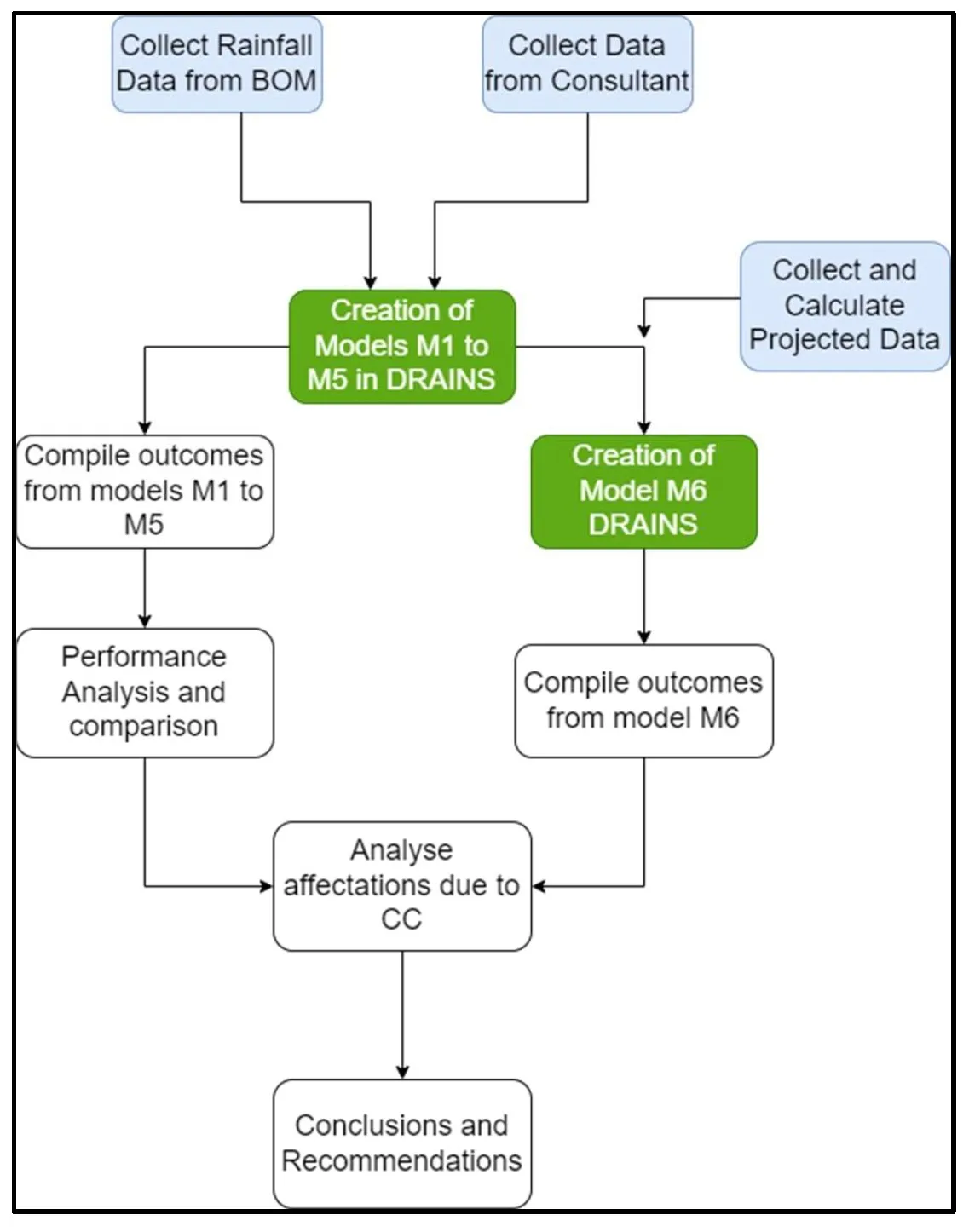
Open Access
Article
10 September 2024Payment or Incentive: Public Perception on Payment for Ecosystem Services at the Time of Climate Change in Nepal
Understanding community preferences and perceptions of ecosystem services is needed to generate local-level financing through Payment for Ecosystem Services. Local-level financing is crucial for both ecosystem management and also helpful in climate change adaptation actions. This research focuses on community perceptions of payment for ecosystem schemes and their preferences to generate local-level financing. The study was carried out in Dhankuta and Dasarath Chand municipalities, representing Koshi and Sudur Paschim provinces of Nepal. We applied social science research methods using focus group discussions, key informant interviews, and community surveys. The study indicates that community-perceived payment for ecosystem service schemes can be instrumental in generating local financing, and their preference is more towards in-kind or project-based payment mechanisms. While climate change is largely impacting ecosystems and community livelihoods, project-based payment mechanisms could be more effective than cash payments. However, this needs a strong institutional mechanism within the municipal government where such in-kind or project-based support could be mobilized through a multisectoral approach.
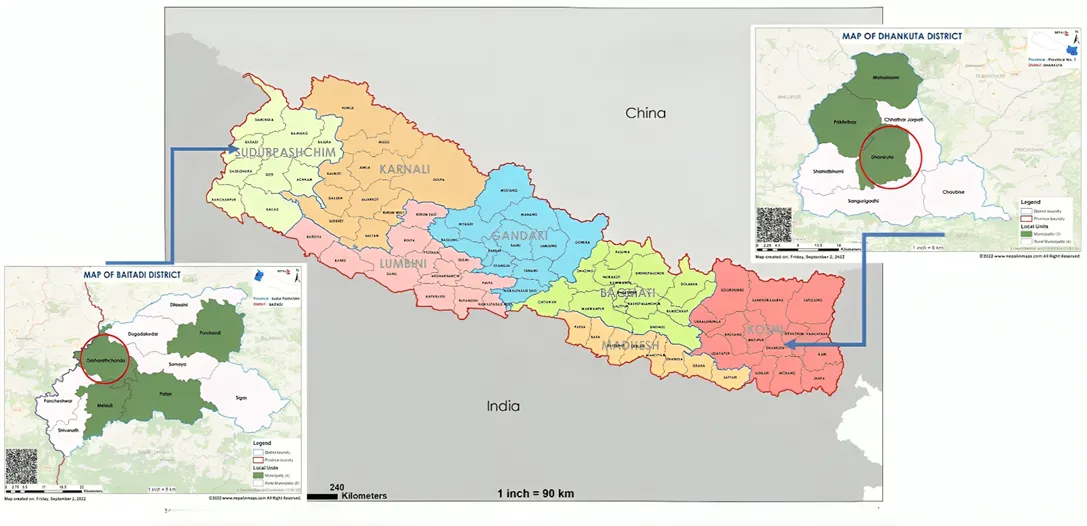
Open Access
Perspective
04 March 2024Trees—Protectors against a Changing Climate
There are estimated to be about 3 trillion trees on Earth, or about half the number that existed before the dawn of human civilization. Trees are vital to at least four major biogeochemical cycles, namely, the carbon, water, nitrogen and oxygen cycles. In addition to absorbing carbon, and releasing oxygen through photosynthesis, trees are critical for maintaining biodiversity, providing habitat for 80% of land based wildlife, feeding the soil, generating clouds and increasing albedo (thus causing global cooling), influencing rainfall and weather patterns. The loss of trees, therefore, weakens our chances of reaching climate and biodiversity targets, and so proforestation and other practices to stringently preserve the functionality of and holistically restore forest ecosystems, must be adopted as a matter of urgency, paying due attention to soil, and species diversity including mycorrhizae; not being limited to insouciant “tree planting” solutions. Indeed, due to the tardiness of our actions to repair the Earth and its climate, severe restrictions to the cutting of mature trees must actually be enabled globally. However, this alone is not enough, and must be integrated with other forms of land, wetland, grassland and agricultural protection and restoration. Such Nature Based Solutions could provide over one-third of the climate mitigation needed by 2030 to keep within the 2 °C global heating limit. Nonetheless, it is also critical to curb greenhouse gas emissions at source, not only by implementing low-carbon, renewable energy, but also energy demand reduction strategies, such as insulating buildings, societal relocalisation, and local food growing.
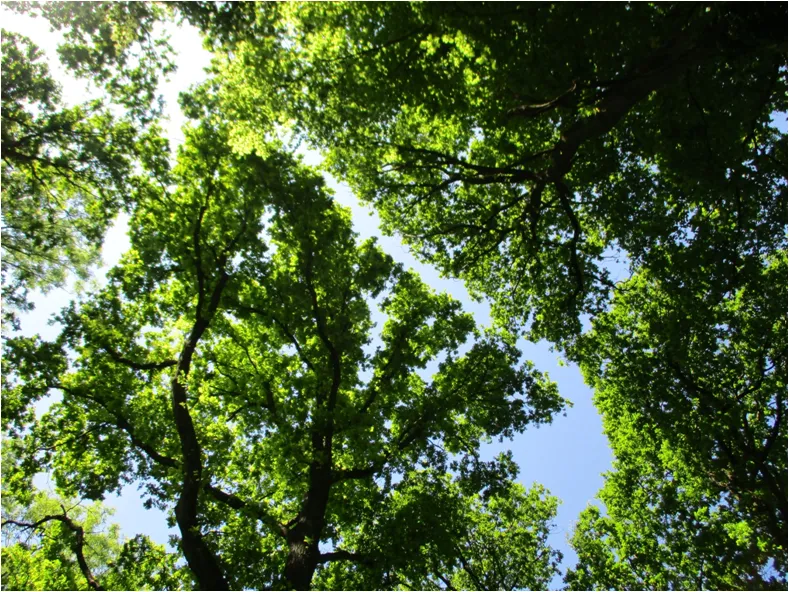
Open Access
Review
13 February 20243D Printing Technology for Rapid Response to Climate Change: Challenges and Emergency Needs
Providing rapid, efficient, inexpensive, and resilient solutions is an eminent and urgent need for emergency relief conditions, mainly and increasingly driven by the impacts of climate change. Under such disastrous circumstances, the current practice involves preparation, dispatching and managing significant amounts of materials, resources, manpower, and transportation of basic needs, which can be hindered remarkably by infrastructure damage and massive loss of lives. However, an emerging technology known as 3D printing (3DP) can play a significant role and rapidly bring unlimited innovative solutions in such conditions with much lesser resources to meet the necessities of large populations affected. Considering the recent progress of 3DP technology and applications in different industrial and consumer sectors, this study aims to provide an analysis of the status and current progress of 3DP technology in various fields to understand and present its potential for readiness and response to disasters, emergency and relief need driven by climate change. Secondly, this study also presents a sustainability assessment of 3DP technology for such cases to evaluate economic, environmental, and social impacts. Finally, policies and strategies are suggested to adapt 3DP technology in different sectors to prepare for large-scale emergencies.
